8-minute read
keywords: evolutionary biology
Evolution is often characterised rather one-sidedly in terms of a struggle for existence, “red in tooth and claw”, and selfish genes. And yet, as evolutionary biologist Jonathan Silvertown shows here, cooperation in biology is both widespread and ancient. In his entertaining Dinner with Darwin which I reviewed way back in 2018, he briefly touched on food sharing in humans as one example of cooperation; in Selfish Genes to Social Beings, he gives the topic at large the book-length treatment it deserves. Silvertown here writes for a broad audience, explicitly including those without a formal background in biology. With nary an equation in sight, he relies on a potent combination of human-interest stories, wit, and ingenious metaphors to convince you that cooperation is an important component driving evolution.
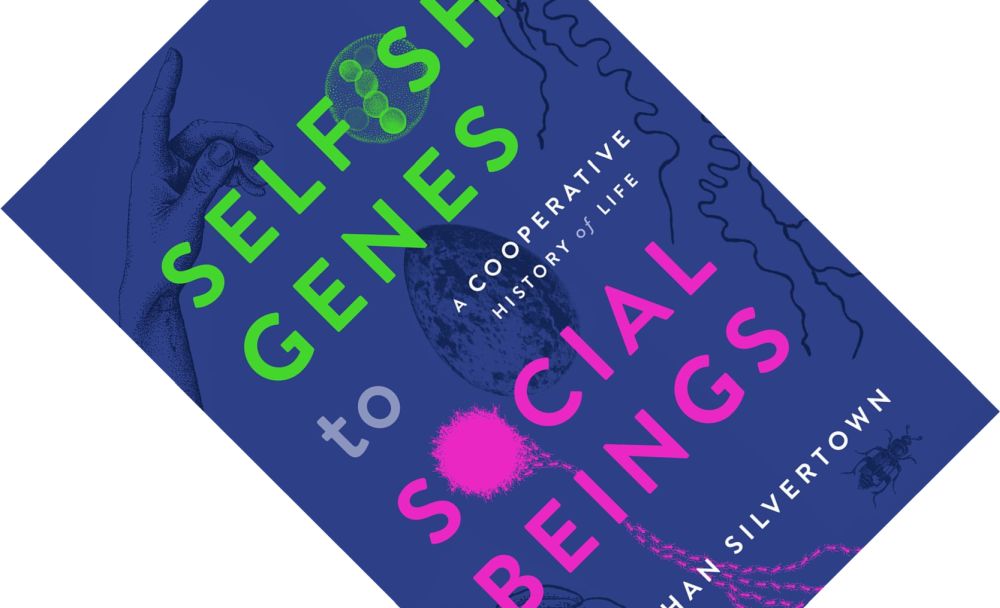
Selfish Genes to Social Beings: A Cooperative History of Life, written by Jonathan Silvertown, published by Oxford University Press in April 2024 (hardback, 288 pages)
Cooperation initially flummoxed biologists, yet, Silvertown contends, a few straightforward conditions are sufficient for its appearance. I might just as well hit you over the head with his take-home messages now. Two conditions are required for cooperation to evolve. First, the benefits to the individuals involved have to outweigh the costs. Attentive biologists might immediately pipe up that that simple statement hides important technicalities, while others will undoubtedly exclaim: “Yes, but what about…?— bear with me, I will get to this. Second, there has to be a way for cheaters to be detected and excluded, or otherwise. the system will buckle under their exploitation.
Silvertown tackles his subject in 16 chapters that are divided over four parts, working his way down from groups to individuals, to cells, to genes. This approach has two advantages. First, it allows him to open the book with human interest stories that reel you in. Take the often-ignored aspect of trench warfare in World War I, particularly the numerous smaller skirmishes that saw infantry on both sides communicate and cooperate to minimise casualties in a live-and-let-live honour system. It was artillery and high command, both operating at a distance, that undermined these attempts and created the horrors for which this war is remembered. Or take the remarkable cooperation on pirate ships, where the captain was democratically elected, the ship was owned by the whole crew, and plunder was shared[1].
“A personal lightbulb moment was the insight that bacteria may be single-celled, but they are not solitary; there is a lot of communication happening.”
The second advantage of starting at the level of groups and individuals is that the examples speak to your everyday experience. It is relatively easy to imagine what sociality in insects, such as honeybees, or cooperative breeding in birds looks like. Somewhat less familiar are lichens, symbiotic organisms composed of a fungus and an algae or a cyanobacterium. I did not appreciate just how fascinating lichen biology is. Take the fact that this symbiosis has evolved numerous times independently and that different species are at different points along the continuum of becoming partially to fully integrated organisms. As the book progresses down to cells and genes, the subject matter becomes more complicated and abstract, but by then you will have internalized some of the logic. A personal lightbulb moment was the insight that bacteria may be single-celled, but they are not solitary; there is a lot of communication happening. Quorum sensing allows bacteria to check that a sufficient number of cooperators are present before secreting so-called public-good molecules. These include digestive enzymes (bacteria digest externally and absorb the resultant broth), or sticky substances that form a protective biofilm. Similarly fascinating are transposons, the mobile genetic elements that move around within and between individuals and species. They are cheaters that can disrupt cooperation between other genes, though many organisms have found ingenious ways to repurpose them. Insects, for example, “borrow” transposon enzymes to circulate their own antiviral molecules, tolerating transposons to receive protection from the even worse threat of viral infection. “It’s the original protection racket” (p. 183).
Those with a background in biology might notice some omissions. Silvertown weaves in a fair amount of history and biographical sketches. He features Lynn Margulis’s theory of endosymbiosis, but not the earlier work on symbiogenesis by Russian botanist Boris Kozo-Polyansky[2]. Both offered an explanation for the origin of mitochondria and chloroplasts in terms of symbiosis between different single-celled organisms. Similarly, Silvertown includes J.B.S. Haldane, W.D. Hamilton, and genetical explanations for social behaviour in terms of kin selection and inclusive fitness, but he excludes George Price. Granted, his equation has wider applications, but Price dedicated much of his research to the evolution of altruism. Given the amount of ground Silvertown is trying to cover here, his decision to not give a full history of all players is defensible. Silvertown positions himself in the majority camp of evolutionary biologists who explain social behaviours in terms of benefits to self-interested individuals. He considers group selection a “siren call [that] has in the past led thinking onto intellectual rocks” (pp. 191-192) by arguing traits evolve for the good of the species. Though I have no objection to this viewpoint, it does not acknowledge that there is a debate around the levels of selection, nor explain why group selection is considered so contentious. Again, I imagine this will have been a matter of trying to contain how much ground is covered.
“Given that mitochondria and chloroplasts are hundreds of millions of years old, I always considered endosymbionts to be permanent fixtures once evolved. Not so.”
Silvertown’s writing is accessible, meaning this work is not a technical treatise but introduces theory through plentiful examples. Beyond explaining the logic behind the prisoner’s dilemma and Hamilton’s rule, he avoids equations and diagrams and instead relies on inventive metaphors. For example, given that mitochondria and chloroplasts are hundreds of millions of years old, I always considered endosymbionts to be permanent fixtures once evolved. Not so. The transfer of endosymbiont genes to the host’s genome can proceed so far that “endosymbionts themselves can be lost in this manner, leaving nothing but the grin of a Cheshire cat” (p. 71). When yeast cells float freely in suspension, cheats do well, “like a pickpocket in a crowded bar” (p. 114); when they form budding colonies where they are surrounded by clonal copies, kin selection favours cooperative behaviour, because here a cheat “prospers no better than a thief at a pickpocket’s convention” (p. 114). The metaphor of DNA as a blueprint or instruction manual is not correct given the prevalence of transposons; rather it is “part library and part zoo, with the unruly creatures of the menagerie constantly tearing into the pages, creating mutation and mayhem” (p. 177). The book’s concluding message about what this all means for how we should behave is similarly brief but to the point: we can choose to cooperate or cheat, but “just be warned, cheats rarely prosper or, to be exact, only prosper when rare” (p. 192).
That cooperation is an important component driving evolution is most clearly seen when it leads to the formation of a new kind of individual, dubbed a major transition in evolution by John Maynard-Smith and Eörs Szathmáry. Whether it is genes teaming up to form chromosomes, cells teaming up to form multicellular organisms, or individual insects teaming up to form eusocial colonies, this is a two-step process. First, a team is formed where cooperation is favoured through division of labour. Second, the team forms a new entity once its partners become so completely dependent on each other that they cannot reproduce alone. This process offers an answer to two paradoxes. First, if evolution is a gradual process that is not supposed to make large jumps, how do we explain the major discontinuities that we see? “The resolution […] lies in how teams of cooperators are formed and then transformed at major transitions” (p. 188), with new properties emerging that could not have been predicted from the parts. Second is the mistaken belief that evolution has an inherent tendency towards progress. “The appearance of progress is an illusion due to the fact that evolution has produced an accumulation of complexity” (p. 190). Where some have argued that increased complexity over time requires a new biological law, cooperation leading to major transitions offers an alternative explanation.
Selfish Genes to Social Beings is not intended as a formal treatment of cooperation in biology. However, for interested lay readers who are not afraid of a challenge, as well as for biologists coming in from other disciplines, this is a thought-provoking book that holds plenty of surprises.
1. ↑ Youtuber CGP Grey produced a brilliant two-part animated adaptation of the book The Invisible Hook back in 2021.
2. ↑ To his credit, Silvertown instead discusses the to-me unknown history of Paul Portier, who got so close to discovering endosymbiosis already in 1918.
Disclosure: The publisher provided a review copy of this book. The opinion expressed here is my own, however.
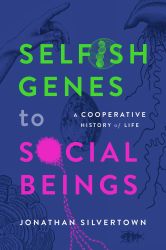 Selfish Genes to Social Beings
Selfish Genes to Social Beings
Other recommended books mentioned in this review:
__________________________________________________________________
__________________________________________________________________
__________________________________________________________________
__________________________________________________________________
__________________________________________________________________
__________________________________________________________________

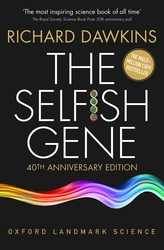



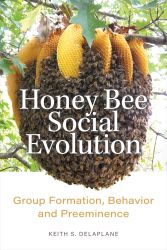
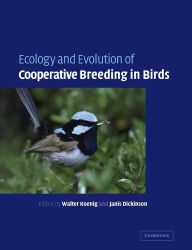



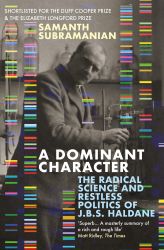
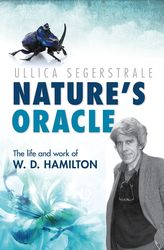
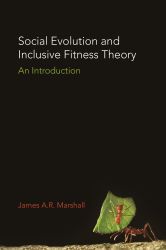
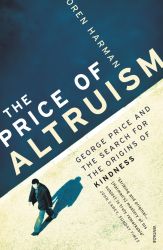



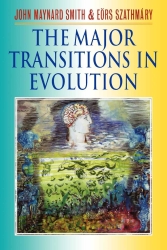
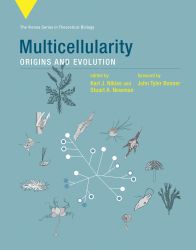
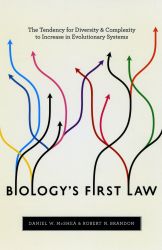

2 comments